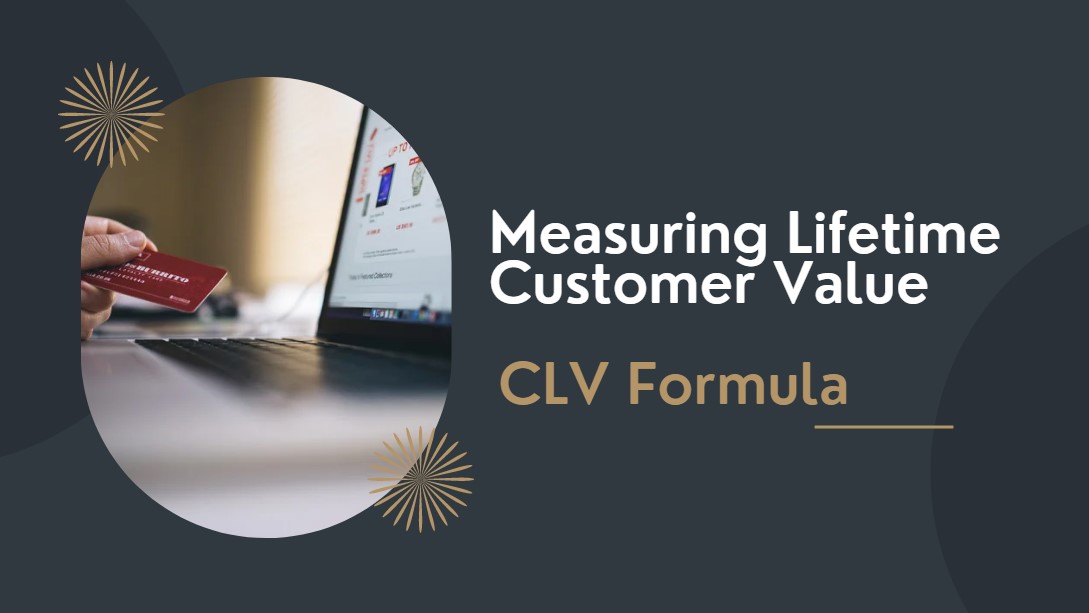Pay-per-click (PPC) advertising can be an effective way to acquire new customers and drive conversions. However, to maximize the value of your PPC campaigns, it’s essential to measure and optimize the lifetime value of your customers. By doing so, you can identify which customers are most valuable to your business and adjust your campaign strategy accordingly. Here are some tips for measuring and optimizing the lifetime value of PPC customers.
Define Your Customer Lifetime Value (CLV)
The first step in measuring and optimizing the lifetime value of your PPC customers is to define your customer lifetime value (CLV). This means determining how much each customer is worth to your business over their entire relationship with your company.
To calculate CLV, you need to consider factors such as the customer’s purchase history, the frequency of their purchases, and their likelihood of becoming a repeat customer.
The CLV Formula
CLV = (Average Value of a Sale) x (Number of Repeat Transactions) x (Average Customer Lifespan)
To calculate CLV, you need to consider factors such as the customer’s purchase history, the frequency of their purchases, and their likelihood of becoming a repeat customer. For example, if your average customer spends $100 per purchase, makes three purchases per year, and remains a customer for five years, their CLV would be:
CLV = ($100) x (3) x (5) = $1,500
Identify High-Value Customers
Once you have defined your CLV, the next step is to identify your high-value customers. These are the customers who have the highest CLV and are most valuable to your business over the long term.
To identify your high-value customers, you can use data analysis tools such as customer segmentation, purchase history analysis, and customer behavior tracking.
Optimize Your PPC Campaigns for High-Value Customers
Once you have identified your high-value customers, the next step is to optimize your PPC campaigns to target these customers specifically. This means creating targeted ad campaigns that appeal to your high-value customers’ needs and interests.
You can also adjust your bidding strategy to bid more aggressively for keywords that are most likely to attract high-value customers.
Create a Customer Retention Strategy
To maximize the lifetime value of your PPC customers, it’s essential to have a customer retention strategy in place. This means creating a plan to keep your high-value customers engaged and satisfied with your products or services over the long term.
This may involve offering loyalty programs, providing personalized recommendations, or sending targeted emails based on their past purchases.
Measure the Impact of Your Campaigns on CLV
Finally, it’s essential to measure the impact of your PPC campaigns on your customer lifetime value. This means tracking metrics such as customer acquisition cost (CAC), customer retention rate (CRR), and churn rate to determine whether your campaigns are driving long-term value for your business.
Use this data to make data-driven decisions about your campaign strategy, such as adjusting your targeting or bidding strategy to focus on high-value customers.
Use Automated Tools
To streamline the process of measuring and optimizing the lifetime value of your PPC customers, consider using automated tools such as customer relationship management (CRM) software or marketing automation platforms.
These tools can help you track customer behavior, analyze data, and automate tasks such as email marketing and customer segmentation.
Optimize CLV
Measuring and optimizing the lifetime value of PPC customers is essential for maximizing the ROI of your PPC campaigns.
By defining your customer lifetime value, identifying high-value customers, optimizing your campaigns for these customers, creating a customer retention strategy, measuring the impact of your campaigns on CLV, and using automated tools, you can improve your campaign performance and drive more long-term value for your business.

